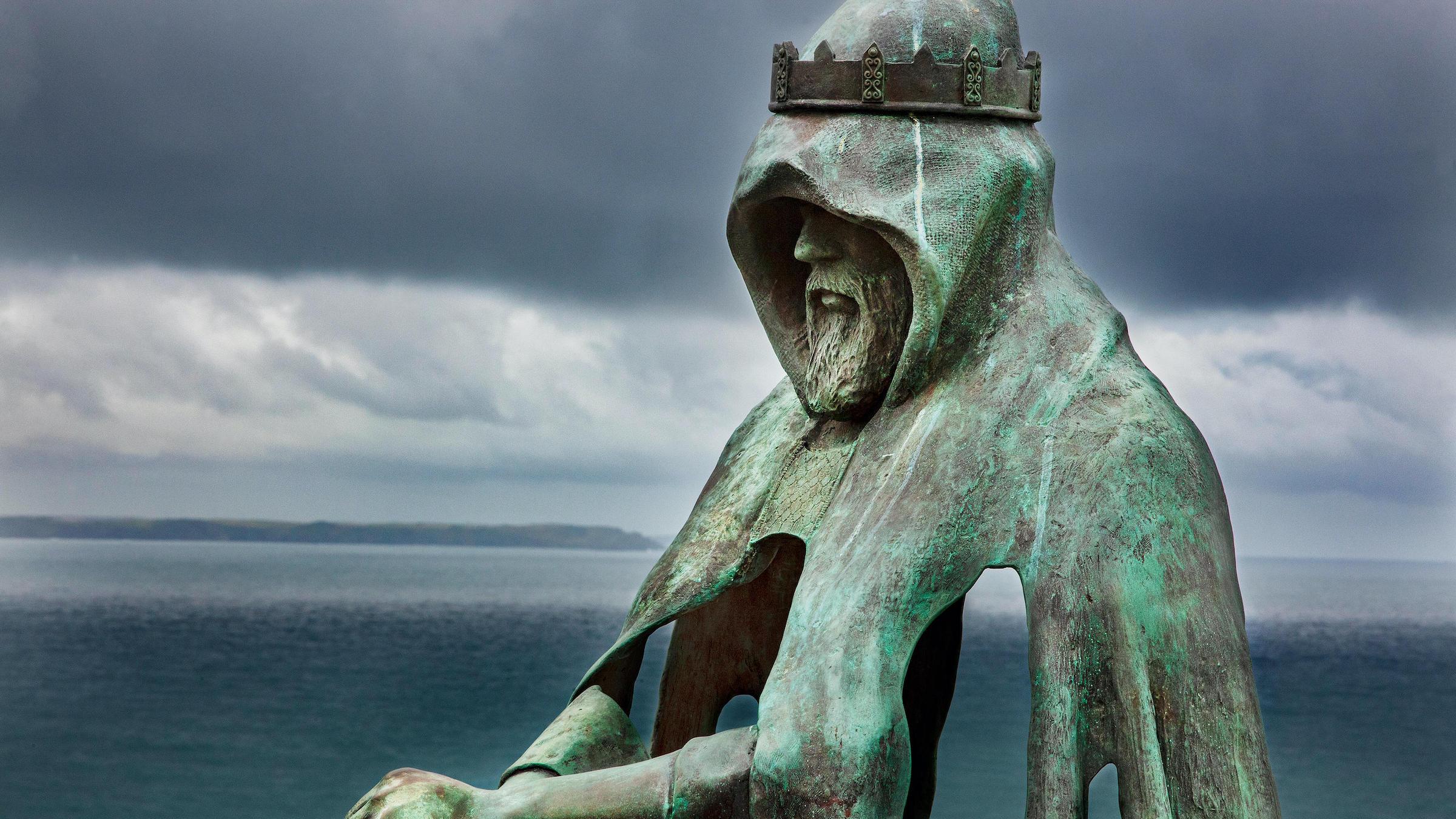
History’s Greatest Mysteries: Unsolved Secrets from the Past
History’s Greatest Mysteries: Unsolved Secrets from the Past
Throughout human civilization, countless events, disappearances, and phenomena have puzzled researchers, archaeologists, and historians for centuries. These historical mysteries continue to captivate our imagination, challenging our understanding of the past and inspiring new theories about ancient civilizations, lost treasures, and unexplained occurrences. From vanished civilizations to mysterious artifacts, history is filled with enigmas that remain unsolved despite decades or even centuries of investigation.
As a timeless reporter of human curiosity, these unsolved secrets from the past remind us that our ancestors lived lives filled with complexities we may never fully comprehend. Each mystery represents a gap in our collective memory, a puzzle piece that could potentially reshape our understanding of human development, ancient technologies, or historical events. The fascination with these unsolved cases spans across cultures and generations, proving that the human desire to understand our past is as enduring as civilization itself.
These enduring enigmas serve multiple purposes in our modern world. They inspire scientific research, fuel archaeological expeditions, and maintain our connection to the past through ongoing investigation. Whether it’s the lost city of Atlantis, the identity of Jack the Ripper, or the purpose behind ancient monuments, these mysteries continue to generate new theories, documentaries, and scholarly debates. The pursuit of answers to these historical mysteries often leads to unexpected discoveries and advances in various fields of study.
Ancient Civilizations That Vanished Without a Trace
The sudden disappearance of entire civilizations represents some of the most compelling historical mysteries that continue to baffle modern researchers. These lost societies, once thriving centers of culture, commerce, and innovation, seemingly vanished overnight, leaving behind only ruins and unanswered questions. Understanding what happened to these civilizations could provide crucial insights into human resilience, environmental adaptation, and the factors that contribute to societal collapse.
The Indus Valley Civilization, also known as the Harappan Civilization, flourished from approximately 3300 to 1300 BCE across what is now Pakistan and northwestern India. This advanced society built sophisticated cities with complex drainage systems, standardized weights and measures, and undeciphered script. Archaeological evidence suggests they had a highly organized urban planning system, with cities like Harappa and Mohenjo-daro featuring grid-pattern streets, public baths, and multi-story buildings. However, around 1900 BCE, this civilization began to decline rapidly, and by 1300 BCE, it had completely disappeared.
Theories about the Indus Valley’s demise range from climate change and drought to invasion by Indo-Aryan tribes. Some researchers propose that a shift in monsoon patterns led to the drying up of the Saraswati River, which was crucial for agriculture. Others suggest internal conflicts or epidemic diseases caused the collapse. The inability to decipher their script adds another layer of mystery, as we cannot access their historical records or understand their perspective on their own decline. This history remains largely silent about one of the world’s earliest urban civilizations.
The Maya civilization presents another fascinating case of partial civilizational collapse. While Maya peoples continue to exist today, the Classic Period Maya civilization (250-900 CE) experienced a dramatic decline known as the Classic Maya Collapse. Major cities in the southern lowlands were abandoned, and the population decreased significantly during the 8th and 9th centuries CE. The Maya had achieved remarkable advances in astronomy, mathematics, writing, and architecture, building magnificent cities like Tikal, Palenque, and Copán.
Multiple factors likely contributed to the Maya collapse, including warfare, drought, overpopulation, and environmental degradation. Recent research has revealed evidence of severe droughts during the collapse period, which would have been devastating for a civilization dependent on agriculture. Additionally, the Maya’s complex political system, with numerous competing city-states, may have contributed to internal conflicts that weakened their society. The fact that northern Maya cities continued to thrive while southern centers collapsed suggests that environmental factors played a significant role in this historical mystery.
Lost Treasures and Legendary Hoards
The allure of lost treasures has captivated humanity for centuries, spawning countless expeditions, legends, and adventure stories. These missing fortunes represent more than just monetary value; they often carry historical significance, cultural importance, and clues about past civilizations. Many of these treasures were lost during times of war, natural disasters, or political upheaval, when their owners were forced to hide or abandon their most precious possessions.
The Amber Room, often called the “Eighth Wonder of the World,” was an ornate chamber decorated with amber panels, gold leaf, and mirrors. Created in Prussia in the early 18th century, it was later given to Russia and installed in the Catherine Palace near Saint Petersburg. During World War II, Nazi forces dismantled and removed the room during their occupation of the palace. The last confirmed sighting of the Amber Room panels was in Königsberg (now Kaliningrad) in 1944, after which they disappeared completely.
Numerous theories exist about the Amber Room’s fate. Some believe it was destroyed during Allied bombing of Königsberg, while others maintain it was successfully hidden and remains intact somewhere. Various expeditions have searched for the treasure in underground bunkers, caves, and abandoned mines throughout Eastern Europe. The mystery has generated countless books, documentaries, and treasure hunting expeditions. Several attempts to recreate the room have been made, with a complete reconstruction finally installed in the Catherine Palace in 2003, but the original panels remain lost to history.
The treasure of the Knights Templar represents one of the most enduring legends in medieval history. The Knights Templar, a military religious order founded during the Crusades, accumulated enormous wealth through banking, property ownership, and donations from European nobility. When the order was suddenly dissolved in 1307 by King Philip IV of France, their vast treasure mysteriously disappeared. Historical records suggest the Templars possessed gold, silver, religious artifacts, and possibly sacred relics, but none of this wealth was found when their properties were seized.
The mystery of the Templar treasure has inspired numerous theories and legends. Some believe it was hidden in Scotland and later transported to North America by early explorers. Others suggest it remains buried in various European locations, from French châteaux to Swiss mountains. The legend has been linked to other historical mysteries, including the Holy Grail and the fate of various religious relics. Despite centuries of searching and countless theories, no definitive evidence of the Templar treasure has ever been discovered, making it one of history’s most tantalizing unsolved puzzles.
Unsolved Historical Mysteries of Crime and Identity
Criminal cases from the past continue to fascinate modern investigators and amateur sleuths alike. These unsolved crimes often become legendary not just because of their brutality or mystery, but because they occurred during pivotal moments in history or involved prominent figures of their time. The lack of modern forensic techniques during these historical periods means that many cases remain permanently unsolved, leaving room for endless speculation and theory development.
Jack the Ripper, perhaps the most famous unidentified serial killer in history, terrorized the Whitechapel district of London in 1888. The murderer killed at least five women, all believed to be prostitutes, in a series of brutal attacks that shocked Victorian society. What made the case particularly notorious was the killer’s apparent medical knowledge, the taunting letters sent to police and newspapers, and the complete absence of credible witnesses or physical evidence that could lead to identification.
The Jack the Ripper case has generated over 100 suspects throughout the years, ranging from local butchers and doctors to members of the royal family. Modern forensic techniques have been applied to evidence from the case, including DNA analysis of letters and clothing, but results have been inconclusive or contested. The case represents a fascinating glimpse into Victorian London’s social conditions, police methods, and media coverage of crime. This particular historical mystery has spawned countless books, films, and theories, making Jack the Ripper a permanent fixture in popular culture and criminal history.
The Princes in the Tower case involves the disappearance of two young brothers, Edward V and Richard of Shrewsbury, who were the sons of King Edward IV of England. After their father’s death in 1483, the boys were declared illegitimate and confined to the Tower of London by their uncle, Richard III, who claimed the throne. The princes, aged 12 and 9, were last seen alive in the Tower during the summer of 1483 and never emerged again.
The fate of the princes has been debated for over 500 years. The traditional narrative, popularized by Shakespeare and Tudor historians, suggests that Richard III had the boys murdered to secure his claim to the throne. However, modern historians have proposed alternative theories, including the possibility that the princes died of natural causes, were secretly relocated, or were killed by other political rivals. In 1674, workmen discovered two small skeletons in the Tower, which were assumed to be the princes and given a royal burial, but modern scientific analysis has been inconclusive. This enduring mystery continues to influence our understanding of medieval English politics and the nature of power struggles in royal families.
Ancient Monuments and Their Unexplained Purposes
Across the globe, ancient civilizations left behind massive stone structures,


